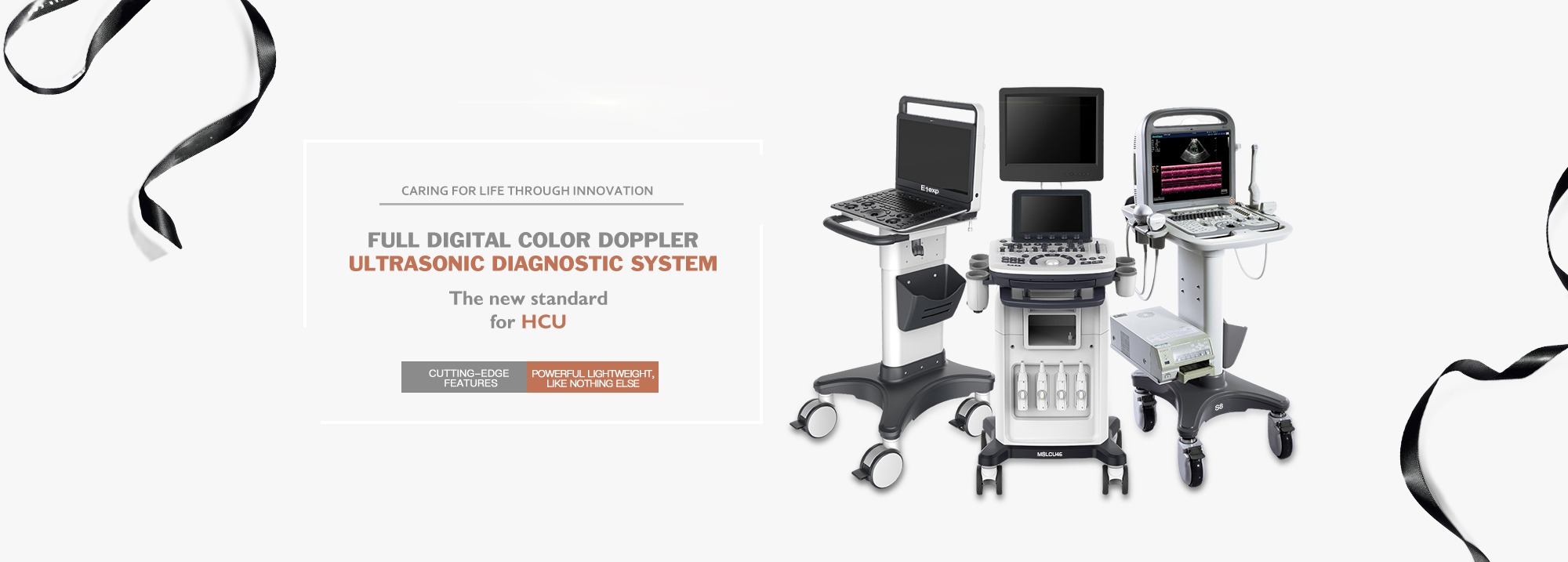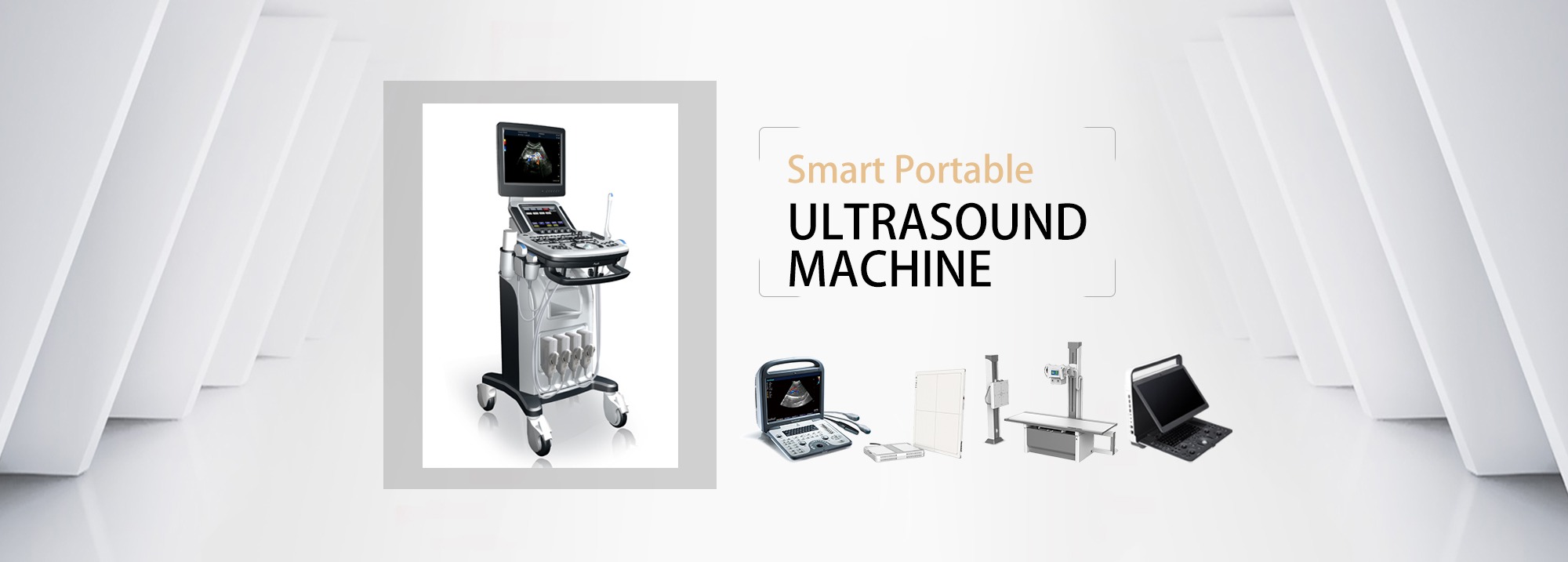As a imaging medicine with rapid technological development in recent years, ultrasound medicine plays an irreplaceable role in determining the diagnosis and treatment plan of clinical departments. Ultrasound-guided interventional diagnosis and treatment plays an important role in the clinical minimally invasive needs.
1 Precise diagnosis
The shape of the laparoscopic probe is similar to that of the endoscopic device, except that the high-frequency ultrasonic probe with adjustable direction is installed at the tip, which can directly enter the abdominal cavity through the abdominal wall and reach the surface of the organ for scanning, which is conducive to accurately determining the location of the tumor and the relationship between the surrounding important blood vessels during laparoscopic surgery.
Laparoscopic ultrasound assisted hepatobiliary surgery in precise hepatectomy
Ultrasound-guided intrahepatic biliary drainage
Contrast-enhanced ultrasound (CEUS) can determine the benign and malignant characteristics of space-occupying lesions at each site and compare them by intravenous ultrasound. Compared with enhanced CT and MRI, contrast agent improves the difference between occupying space and background echo. It can also be applied to patients who are not fully functional. Ultrasound elastography is quantitatively measured by shear wave for superficial mammary gland and thyroid gland. The hardness of tissue occupation can be judged, and then the good and bad properties of the occupation can be evaluated. Lesions such as liver cirrhosis and Hashimoto thyroiditis were quantitatively analyzed. Parametric imaging is performed on the internal perfusion of the tumor.The imaging images of the time parameters of micro-perfusion, which can not be distinguished by the naked eye, were obtained.
Assessment of musculoskeletal neuropathy by ultrasound elastography
Ultrasound-guided biopsy of various parts of the tumor can observe the position of the needle tip of the puncture gun in real time under the guidance of ultrasound, and adjust the sampling Angle at any time, so as to obtain satisfactory specimens. The images produced by the automated breast volumetric imaging system (ABVS) are three-dimensional reconstruction, and the scanning process is standardized, which can more clearly display the lesions in the breast duct, and observe the coronal section of the small catheter space, and the diagnostic accuracy is higher than that of ordinary two-dimensional breast ultrasound.
Ultrasound guided renal needle biopsy
The automated breast volumetric Imaging System (ABVS) investigates intraductal breast lesions
2 Precision therapy
Ultrasound-guided ablation of tumor is a minimally invasive and accurate method to eliminate tumor, with minimal damage to patients, and the efficacy can be comparable to surgical resection. Ultrasound-guided catheterization and drainage of various parts, especially intrahepatic bile duct, can monitor the position of puncture needle, finger guide wire and drainage tube in real time without dead Angle throughout the whole process, and effectively and accurately place drainage catheter, extending the life of end-stage cholangiocarcinoma patients and improving their quality of life. Ultrasound-guided catheter drainage in the operative area, thoracic cavity, abdominal cavity, pericardium, etc., can relieve the fluid accumulation pressure in each part. Needle biopsy guided by CEUS can accurately sample the highly perfused (active) area of the tumor, thus obtaining satisfactory pathological results. With the extensive development of clinical intravascular interventional diagnosis and treatment, the occurrence of false aneurysm is inevitable. Ultrasound-guided treatment of false aneurysm can observe the effect of thrombin injection in real time, so as to achieve satisfactory blocking effect with the smallest drug dose and avoid complications to the greatest extent.
Post time: Oct-20-2023











